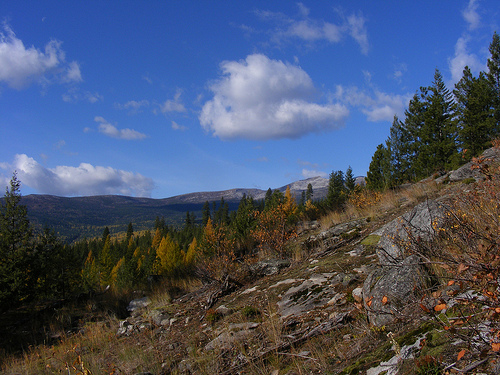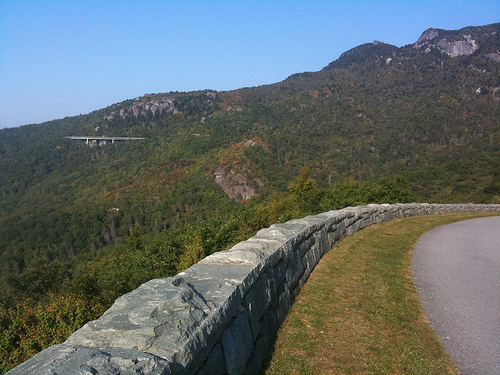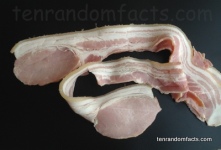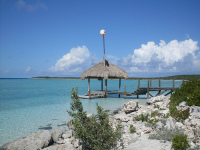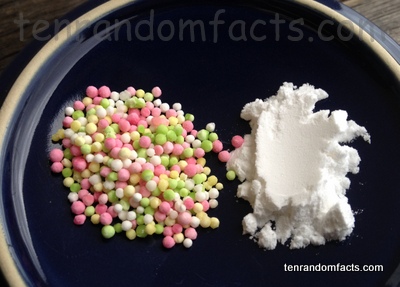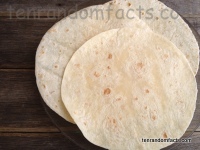
Did you know that wheat tortillas are really popular?
- Wheat tortillas are wheat based bread items that are generally thin and soft in texture.
- ‘Wheat tortillas’ are also known as ‘flour tortillas’, or simply as ‘tortillas’, although this is used as a general term.
- Wheat tortillas have their origins in the similar corn versions of Ancient North and Central American societies, after wheat was introduced to the area.
- Wheat tortillas are typically circular in shape and range from 6 to 30 centimetres (2.4 to 12 inches) in diameter, and are able to be rolled out to larger diameters than those made from corn.
- Food that often accompanies wheat tortillas includes cheese, meat, potato and/or salad.
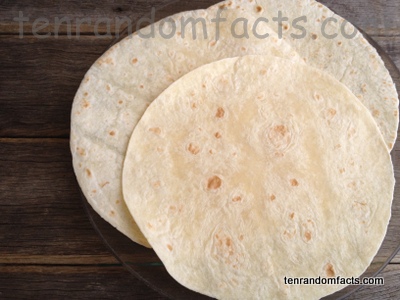
- Wheat tortillas are generally made using a unique machine, which, every hour, can create 60,000 of them.
- The typical process of making wheat tortillas involves making the unleavened bread mix, and then pressing and cooking it.
- Wheat tortillas are very popular in Central and North America, and have become a prominent food item especially in northern Mexican cuisine; while tortillas have become the second most common bread item on the continent.
- Wheat tortillas are commonly used in outer space trips originating from America, as the food creates limited mess, unlike common bread, which helps to prevent machinery malfunctions from small particles.
- Wheat tortillas are high in fibre, sodium, carbohydrates, and protein, and packaged tortillas often contain preservatives to prolong shelf life.
Bibliography:
Tortilla, 2014, Wikipedia, http://en.wikipedia.org/wiki/Tortilla
Tortilla Talk, n.d, TIA, http://www.tortilla-info.com/default.asp?contentID=6






